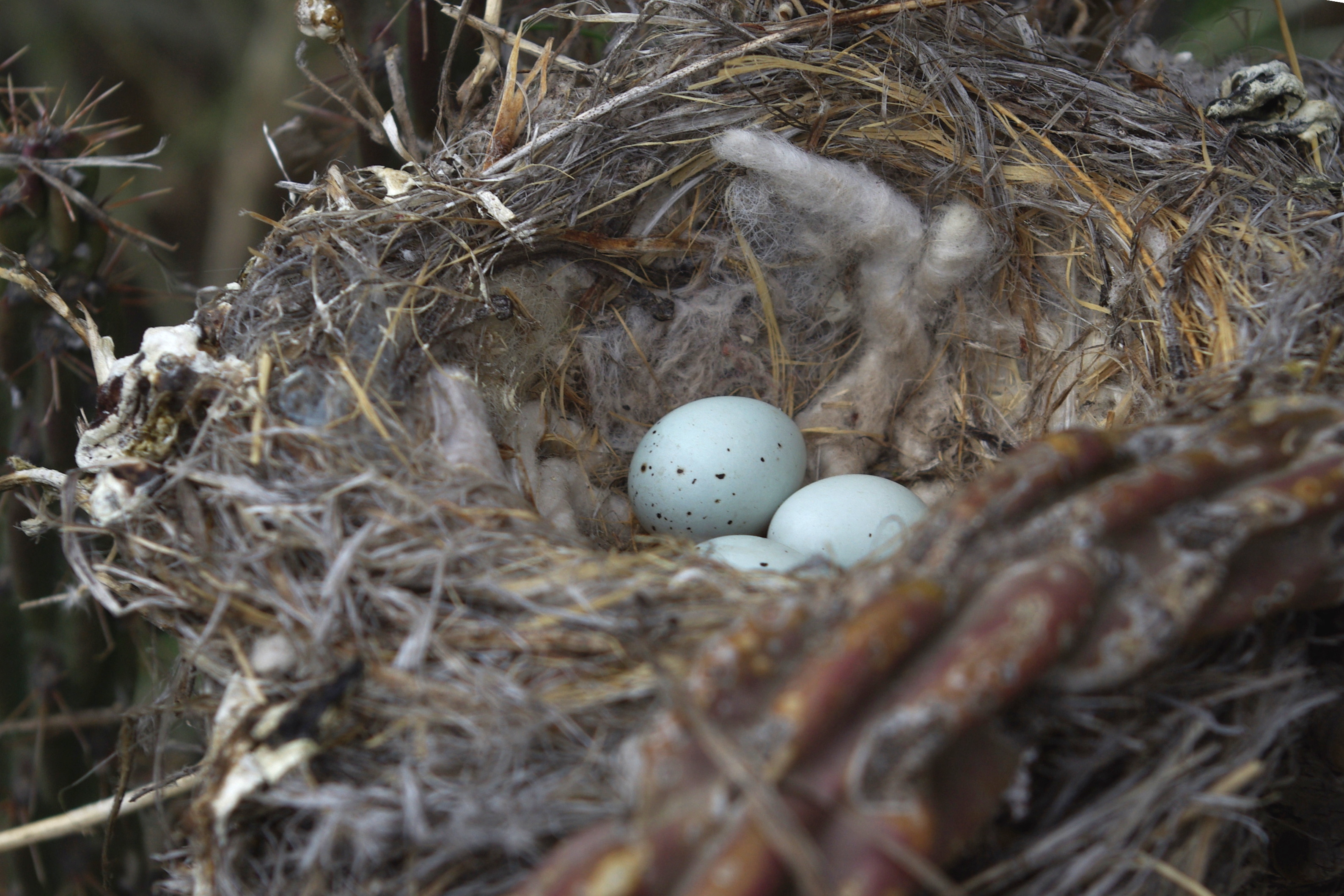Table Of Content

At feeders they will even feed on the bottom, cleansing up spilled seed, and they’ll rapidly flit into shrubbery or brush piles when startled. The throat, higher chest, and rump are strongly red, whereas the back is grey-brown with darker streaks. In human-altered settings, this finch outcompetes its shut relations, the Cassin’s Finch and the Purple Finch. Its presence has been thought of to be a significant explanation for the Purple Finch’s decline in western Washington.
Birds use cigarette butts for chemical warfare against ticks - New Scientist
Birds use cigarette butts for chemical warfare against ticks.
Posted: Mon, 26 Jun 2017 07:00:00 GMT [source]
American Flamingo
Or perhaps you’re considering bringing one into your home and want to know more about its lifecycle. Did you know that the journey from egg to adulthood for a house finch is full of remarkable changes and developments? From hatching out of its egg to turning into an adult bird, there are several notable stages in a house finch’s life cycle. Predators are the most common threat to the birds and their eggs. This includes domestic cats, hawks, skunks, raccoons, snakes, blue jays, common grackles, and squirrels. But thanks to the birds being social, they tend to protect their kind and stay vigilant in case predators attack.
Females/immatures and males
Females collect various plant matter, twine, string, and hair, carry it back to the nest site, and begin building. The answer depends on the year and the season in which you’d like to see the birds. These residents are often found in the northeastern United States but they’re also considered ‘short-distance migrants’ and migrate south for the winter. In fact the species is so rare in the Northeast that many people don’t even know it’s there. House Finches are also common in southeastern Canada and southern Florida.
When Does the Female Finch Begin Egg Laying?
In most cases, adult males' heads, necks and shoulders are reddish.[3][4] This color sometimes extends to the belly and down the back, between the wings. Adult females have brown upperparts and streaked underparts. This question is a common one among backyard birders in the US. While Purple finches migrate to northern Canada every year House finches do not.
Nest Placement
The symptoms of the disease are, scabby, swollen, runny, cloudy-looking, glassy eyes, mucous oozing from the nostrils, and an upper respiratory infection (Ley). Some sick birds recover, whereas others become blind and die of starvation or fall prey to cats and hawks (Salvante). The disease usually infects one eye first and then spreads to the other. Finches with partial vision loss may fly into bird feeders and windows, or allow bird-watchers to get close. With their eyes being shut it is very tough for them to feed themselves which is a cause of starvation (Gomizawa). There are consistent differences in song patterns among House Finches.
As adults, many finches migrate during temperature fluctuations, even traveling thousands of miles to find food or a more suitable climate. House Finches are common year round in human-altered areas throughout Washington. They are typically absent from montane forests and open, non-agricultural range.
Find This Bird

Throughout their range, many House Finch populations migrate, either short distances latitudinally or altitudinally. Before 1945, populations of House Finches in the Okanogan Valley migrated south, but since 1945, House Finches in this area have been resident. House Finches are common birds that can be seen in parts of Canada, throughout the U.S., and Mexico. However, their populations have declined since the early 1960s. According to the IUCN Red List, they are a species of low concern. A House Finch will use a wide variety of materials for their nest.
Columbia University Board of Trustees voices support for embattled president
Unfortunately house finches are vulnerable to nest raiders and predators. The answer to the question ‘How many eggs does a house finch lay? ’ is complicated by the varying climates in which they live. The most popular areas for house finches include the eastern U.S.
Predators such as cats, American crows, rats, and snakes are just a few predators looking to make a House Finch their next meal. House Finches are found in most of the continental United States, but it never used to be that way. Birdwatchers only spotted the traditional House Finch in the western portion of the United States (and Hawaii) until the 1940s. Don’t forget to provide these birds with water, so a birdbath is definitely something you should have. In fact, House Finches that live among people are better at solving problems than those who live in rural areas. The House Finch is a small-bodied finch with long, flat heads and relatively large beaks.
House finches nest in a wide variety of sites, reflective of their diverse range. Common nest locations include cacti, conifer trees, palm trees, rock ledges, roof overhangs, hanging planters, windowsills, and abandoned buildings. On rare occasions, finches will use the abandoned nest of another bird or build in a tree cavity.
Females have no red coloring, being primarily light brown with dark brown edges on their wings and tail. The male and female are similar in size, about five inches in length and weighing just under an ounce. While House Finches live in most parts of the United States they migrate short distances.

No comments:
Post a Comment